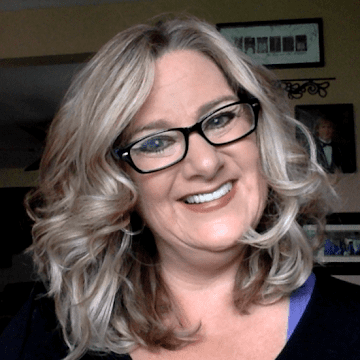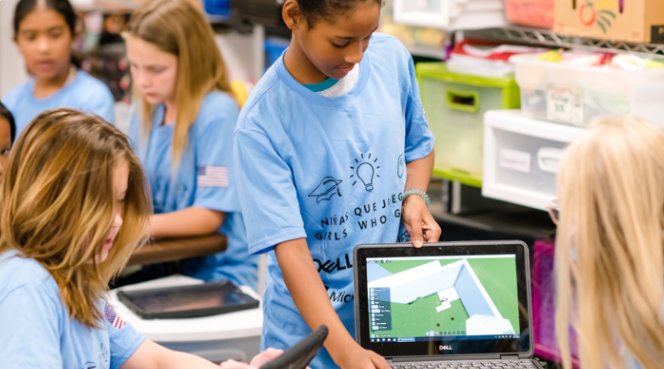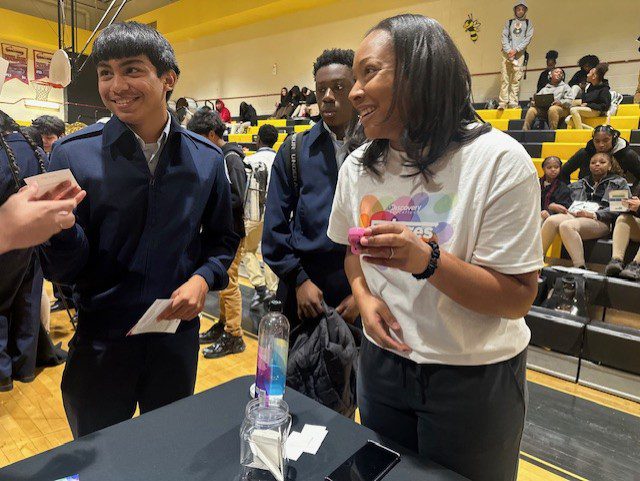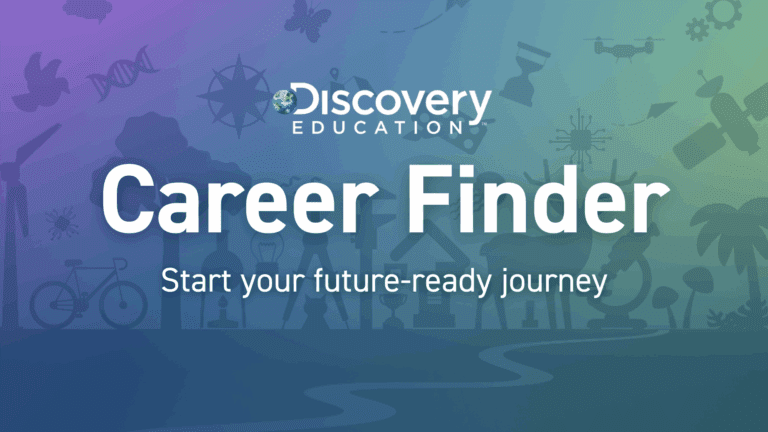In the past, high school students may have viewed their Library Media Center as a static space – a place only to read, check out books, or do homework. However, today, libraries are vibrant environments. Novels share space with immersive learning tools, podcasting equipment, and robotics kits. In many ways libraries have become the hub of the school, providing a space where students can begin shaping skills and mindsets they will carry into tomorrow’s world. They are spaces where students arrive curious, so it makes sense that a library can also be a launchpad for creativity, exploration and possibly…a future career.

Supporting Student Growth, Anticipating the Future
When I became a Library Media Specialist 25 years ago, I never anticipated I would be in a position to help high-school students begin to discover their purpose or potential. Call that a happy accident! High-school students can be confused, stressed, or have any number of overwhelming feelings. As the High School Librarian, I can offer my students a safe space to let them be themselves, and let their guard down.
My expectations are very different from other educators in the building; for one, I do not give grades. This allows students to share their lives, including positives and negatives. I try to focus on the positives and hone in on skills they may be able to develop, including what they may want to pursue in the future.
From Classroom to Career
I have found one of the best ways to tap into a student’s potential is to put it in action. I do this through different programs and strategies. Some students come to me as an intern or in need of volunteer/community service hours. Other students come to me during their study halls or other downtime opportunities. These situations allow me to zero in on their interests while developing skills that will serve them throughout their lives.
I have watched students take ownership of their passions in surprising ways. One of my students worked in a public library after school and brought several ideas from that role. She eagerly spearheaded initiatives–such as a March Madness for Books. Allowing her the autonomy to create and execute a plan, from start to finish, empowered her to see firsthand how her creativity can shape a community experience.
I have the flexibility in the Media Center to give students space to act on their interests, build practical skills, and also demonstrate the impact they can have on the world around them.
7 Tips to Help Students Shine
Even if you are not a classroom teacher, there are many ways educators can help students find their purpose. Some of my favorites include:
1. Listen Actively.
I’ve found that most students who wind up in my office are not looking for advice—they’re looking to be heard. Actively listen to what they are saying. You can deduce so much about a student’s strengths by simply allowing them the grace and space to process their thoughts.

2. Leverage students’ interests and provide opportunities.
Give students the chance to put their interests to work. Have them create marketing campaigns for the historical revolution you’re studying, complete with a logo, social media strategy, and press release. Allow them to play stockbroker in statistics class, incorporating data analysis, probability, and risk assessment. With a little creativity, educators can integrate learning and help students explore dozens of possible careers.
3. Connect learning to real outputs.
When students see their interests lead to tangible results, they begin to understand the real-world value of their skills. One student was interested in graphic design, so I had her create a template that I would use for all of the PR I send. When she was finished and handed off the final product, I made sure she added her name to it, so people knew she had designed it. That level of ownership helps create pride in work and fosters a sense of confidence and validation. It also gave her real-world experience she can add to a resume or college application.
4. Invite a speaker.
When I had an athletic trainer from my gym come to talk to students, it was the first time many students had even realized that it could be a career. Real-world professionals can help spark curiosity and be a tremendous resource.

5. Provide a job shadow.
Having students shadow a professional in their work setting gives them the opportunity to build professional skills and connect classroom learning. Partnering with local businesses is a powerful strategy that benefits both the school and community.
6. Create capstone projects.
Have students choose a career-related topic to research and present, integrating writing, creative aspects, and public speaking. Make it a school-wide initiative by making it an event and dedicating an entire day for all students to present!
7. Foster leadership.
Give students opportunities to take initiative and see their impact. When our book club president invited authors to a virtual talk, three accepted — an experience that was both exciting and empowering. She not only built confidence and communication skills but also learned how rewarding it feels to lead with vision and inspire her peers.
Whether through leadership, creative projects, or simply being given the space to explore, students thrive when they can explore their interests and connect to real-world opportunities. As educators, our role is to open those doors, listen closely, and give students the tools to see and confidence to see where their curiosity might take them.
Looking for more ways to connect students with real-world professionals? Programs like Career Connect bring industry leaders and authentic career experiences directly into schools. Career Connect helps turn tip #4 into an everyday practice, giving students the chance to see themselves in future careers.
Lisa Wolski is the Library Media Specialist at Frontier High School in Frontier Central School District, New York. She has spent 26 years in education. 20 of those years were as a librarian in both elementary and high school settings.







